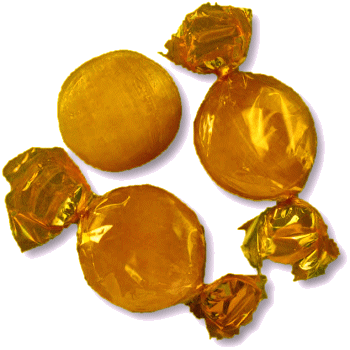




WELCOME TO An Entertainment Site for Scottish Country Dancers - Enjoy the curated selection of theme-related dances for celebrations and holidays, or find a dance associated with a special calendar day, or EVEN your own birthday!
Pie Day
Jan 23
Other Scottish Country Dances for this Day
Today's Musings, History & Folklore
"Within its shell, a secret keeps,
A golden prize where wisdom sleeps.
Crack it open, and you will see,
A humble nut’s rich legacy."
Pie anyone? From a book of dances celebrating the walnut, this 5 couple strathspey begins with rights and lefts on the diagonal (suggestive of slicing a piece of delicious walnut pie, perhaps) followed by advancing and retiring (consuming the pie), and then tandem reeling around with giddy deliciousness!
The word "walnut" comes from the old English “walh-hnuts,” meaning foreign nut. Today this species is generally referred to as the English walnut. The black walnut, native to North America, does not have as pleasant a taste when eaten raw and is more bitter; however, it does retains more of its flavor when cooked. Early English settlers in the American Colonies had to depend on the native black walnut because imported English walnut trees did not adapt easily. On the west coast of the US, however, the Franciscan fathers also brought walnut trees to California in the early 1700s from Mexico. Through their efforts, walnut trees were planted in the courtyards of the California missions, where they flourished. The Grizzly Bear pie, a walnut pie variation made with with walnuts and honey, is a delicious nod to California's historic roots. Recipes included! 🤎 🖤 🤎 🥧 🐻 🍯 🌰
Walnut Pie
Walnut pies are a classic pie, the older less and less sweet alternative to the sweet pecan pie.
Walnuts are an ancient food and valued commodity. The Persians and Phoenicians used walnuts for barter, and the Greeks dedicated the walnut to the goddess Diana, whose feasts were held beneath walnut trees.
In the Middle Ages, many of the chefs serving the nobility used finely ground nuts to thicken stews and soups. The Arabs, who occupied Spain in the ninth and 10th centuries, had introduced this method of cooking with almond-flavored sauces. However, cooks in Northern Europe used walnuts, as almonds were only available in the warm climates where they grew.
There are more than 15 species of walnuts. The word "walnut" comes from the old English “Walh-hnuts,” meaning foreign nut. Today we refer to this native species as the English walnut. Although abundant, walnuts were not eaten extensively in England until after World War I, after which they were commercially grown and marketed.
The black walnut, native to North America, does not have as pleasant a taste when eaten raw and is more bitter. However, it retains more of its flavor when cooked. The early English settlers in the US had to depend on the native black walnut because imported English walnut trees did not adapt to the new environment.
The Franciscan fathers brought walnut trees to California in the early 1700s from Mexico. Through their efforts, walnut trees were planted in the courtyards of the California missions, where they flourished. About 150 years later, walnut trees and their nuts became a commercial entity in California and Oregon. Today, California produces about 98 percent of all the walnuts grown commercially in the US.
For a classic English Walnut Pie, click here. For a historic California recipe, the Grizzly Bear pie, click here!
And for another recipe variation on a classic walnut pie, the California Fudgy Walnut Pie, click the picture below.
Click the dance cribs or description below to link to a printable version of the dance!



